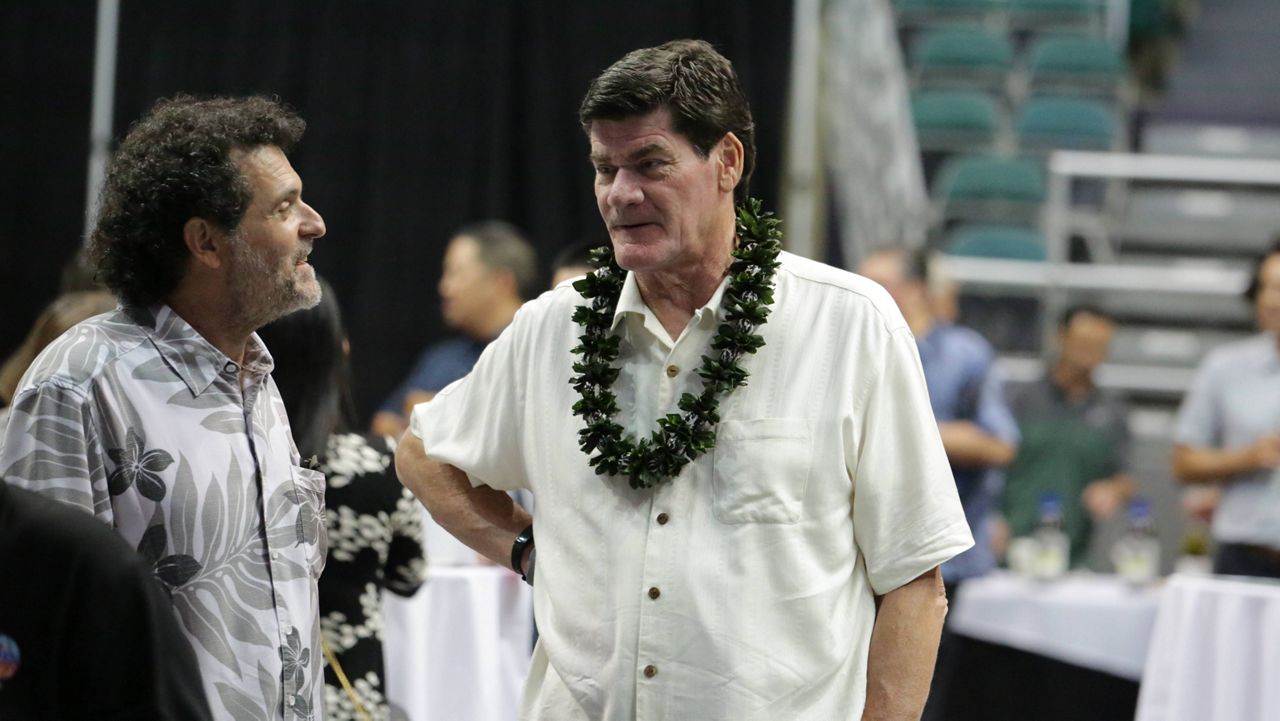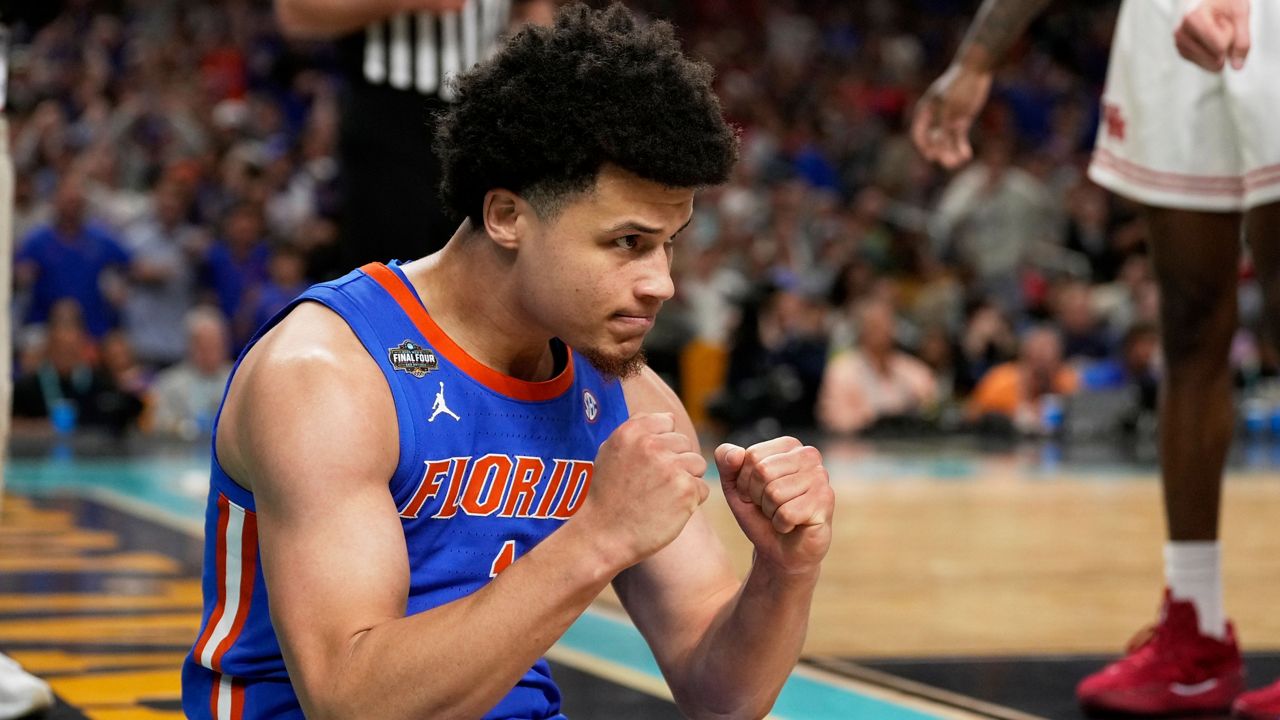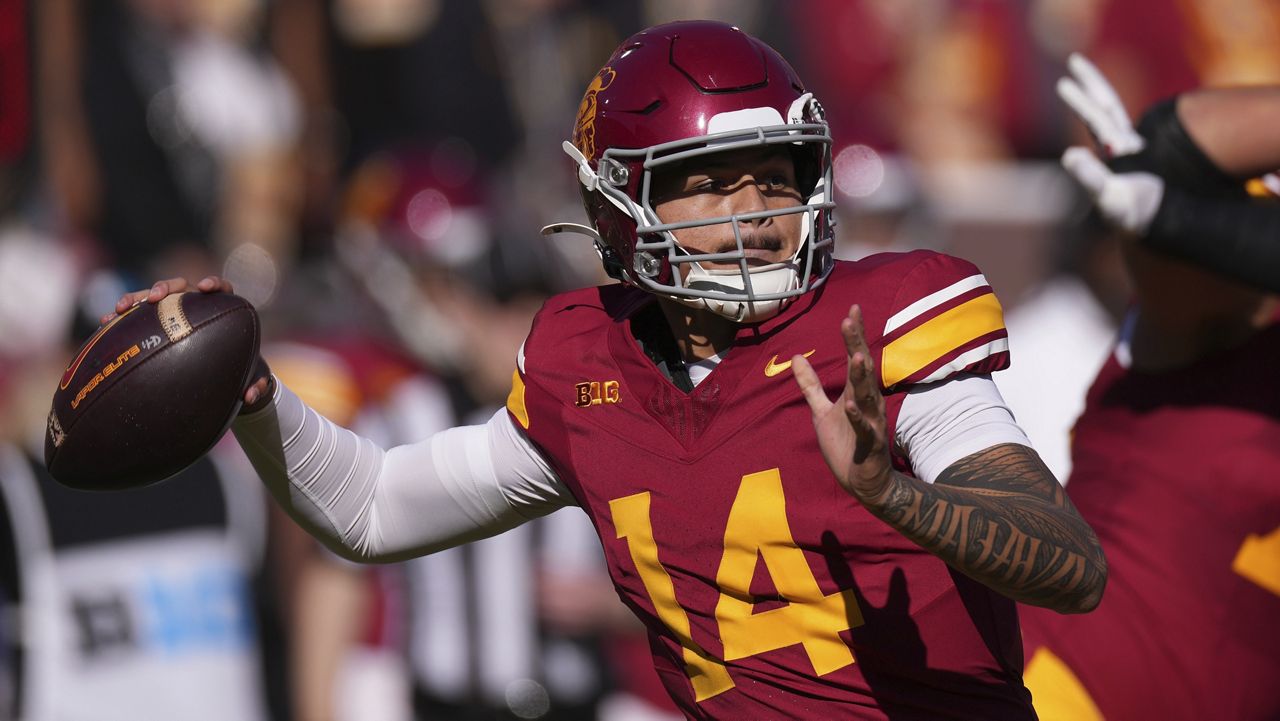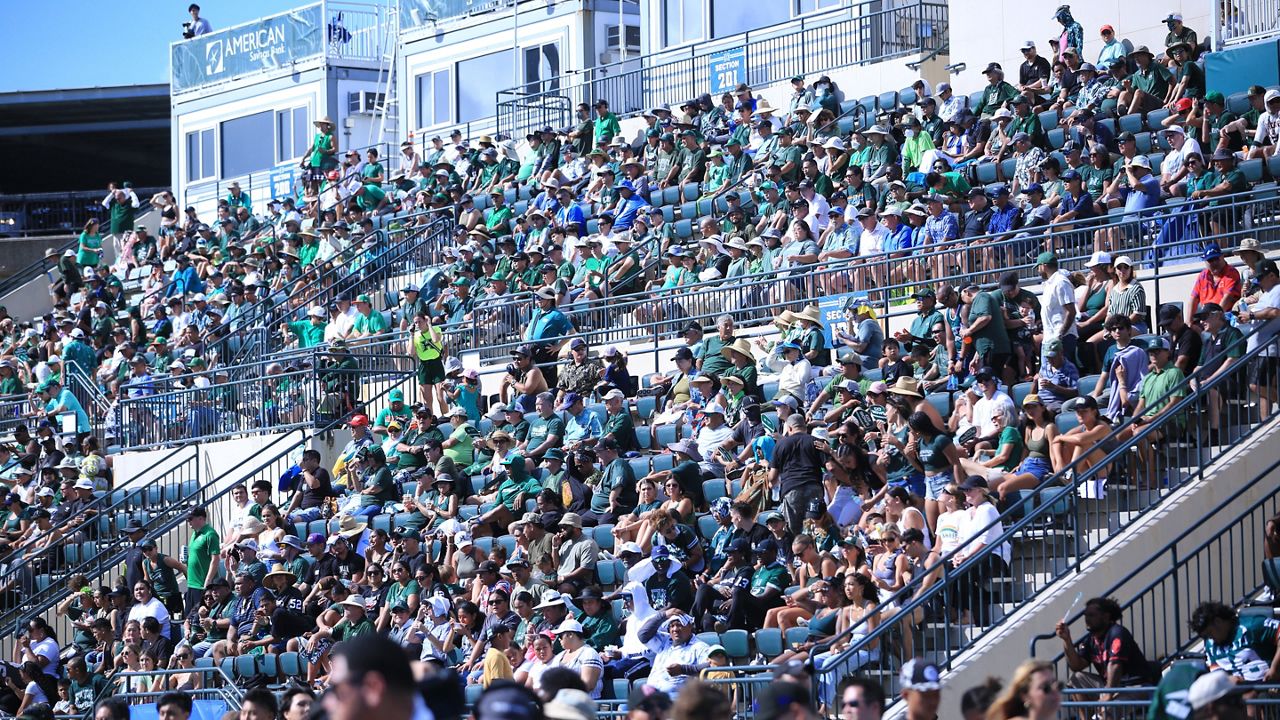HONOLULU — Craig Thompson has seen a lot in his 24 years of stewardship of the Mountain West Conference. The outgoing commissioner has navigated waters both calm and turbulent.
When he steps down from his post at the end of the year, Thompson will do so in a time of flux for the University of Hawaii football program, one of 12 in the FBS that he oversees.
UH was desperate for a conference home for its teams when it struck a bargain with the MWC to come on board as a football-only member starting in 2012. In doing so, it agreed to take on the burden of travel subsidies for its conference brethren to fly to the islands.
A decade later, desperation remains. UH is without a permanent home venue and the timetable for the construction of a new stadium in Halawa keeps shifting — at last word, a roughly 30,000-seat facility will be ready for the 2027 season. Steady murmurs as the project has repeatedly stalled became a din this week when word emerged that Gov. David Ige halted the existing Request For Proposals process to rework the stadium plans before he leaves office in December.
But Thompson exuded calm at a fundraiser put on for the Hawaii Bowl Foundation at the Stan Sheriff Center on Tuesday night. Earlier in the day, ESPN Events officials announced a renewed commitment for the Dec. 24 bowl game in the islands — even with it shifting from defunct, 50,000-seat Aloha Stadium to the smallest FBS football venue in the country, UH’s 9,300-seat on-campus Clarence T.C. Ching Athletics Complex. The Hawaii Bowl was canceled the last two years due to complications related to the COVID-19 pandemic.
“Well, football is so very important to the state of Hawaii, and University of Hawaii football in particular,” Thompson said when asked about the stadium in an interview with Spectrum News. “It’s not going to go anywhere. The early 1900s is when they started the program. And so, there’s been a lot of trial and tribulation in between in that century-plus. But there will be football at the University of Hawaii.”
He noted the $400 million total pledge for the stadium given by Ige and the state Legislature this year.
“(The state of) Hawaii’s made a phenomenal commitment to this university and to this football program,” said Thompson, who wore a kukui nut lei.
Ige, speaking on the Honolulu Star-Advertiser’s Spotlight Hawaii series on Wednesday, said his support for a new stadium remained but that with the newly available money, the previous plan — calling for a public-private partnership to design, build, finance, operate and maintain the venue — no longer made sense.
He said he signed off on an Environmental Impact Statement for the Halawa site and that a new plan would be announced within the next three weeks.
“I believe there’s support for football at the University of Hawaii,” Ige said in the Spotlight interview. “We do need to have a stadium that’s appropriate, especially if we want to continue to play in the Mountain West Conference, or if we aspire to be joining one of the other big conferences.”
UH Athletic Director David Matlin told Spectrum News on Tuesday that he was still gathering more information on Ige’s changes.
“I look forward to learning more about it in the upcoming days,” Matlin said. “We’re excited about the $350 million, about building the stadium.”
UH did not have an updated comment on Wednesday.
Thompson, 66, the only leader the MWC has known since its inception as a breakaway league from the Western Athletic Conference in the late 1990s, has overseen UH’s conference peers like Colorado State, San Diego State construct and open new stadiums in recent years.
One of his last acts was helping to get the College Football Playoff expanded from four to 12 teams as recently as the 2024 season.
Over the years, Thompson steadily began to be viewed as not an adversary, but an ally for UH. Matlin called him a friend and mentor.
Spectrum News asked Thompson why the pickup of Hawaii as a football member made sense in the early 2010s, given that the membership of the Mountain West was largely the same group of schools — such as Air Force, UNLV, Wyoming and New Mexico — that spurned institutions like UH in the bloated, old 16-team WAC.
“A couple things. Certainly, by delivering the (Hawaii Bowl) game, that was important,” he said, “but also the history and tradition it had with most of the current Mountain West members. … “There’s some people (UH has) probably played for 75 years or longer, through time. It’s familiarity, and that’s not something that’s always used these days in college athletics.”
He made no promises about the MWC's current 12 football members holding together for the long term in the face of a new wave of conference realignment.
“I don’t use that word ‘legacy’ but one of the things I am very proud of is that we have stayed together,” Thompson said. “Twelve years ago, TCU, Utah and BYU (left the conference), a big change to the Mountain West. (The) University of Hawaii and other institutions came in and we’re back to playing at a very high level in a very prominent national situations.
“We’re not all on the same page in the conference, and that’s very evident by UCLA and USC after 94 years saying ‘here’s something different,’ (and leaving the Pac-12) so how could it not be different after 24 years of the Mountain West?
“But I’m very excited and pleased on where we’re leaving the Mountain West Conference. We’ll walk out holding our heads very high.”
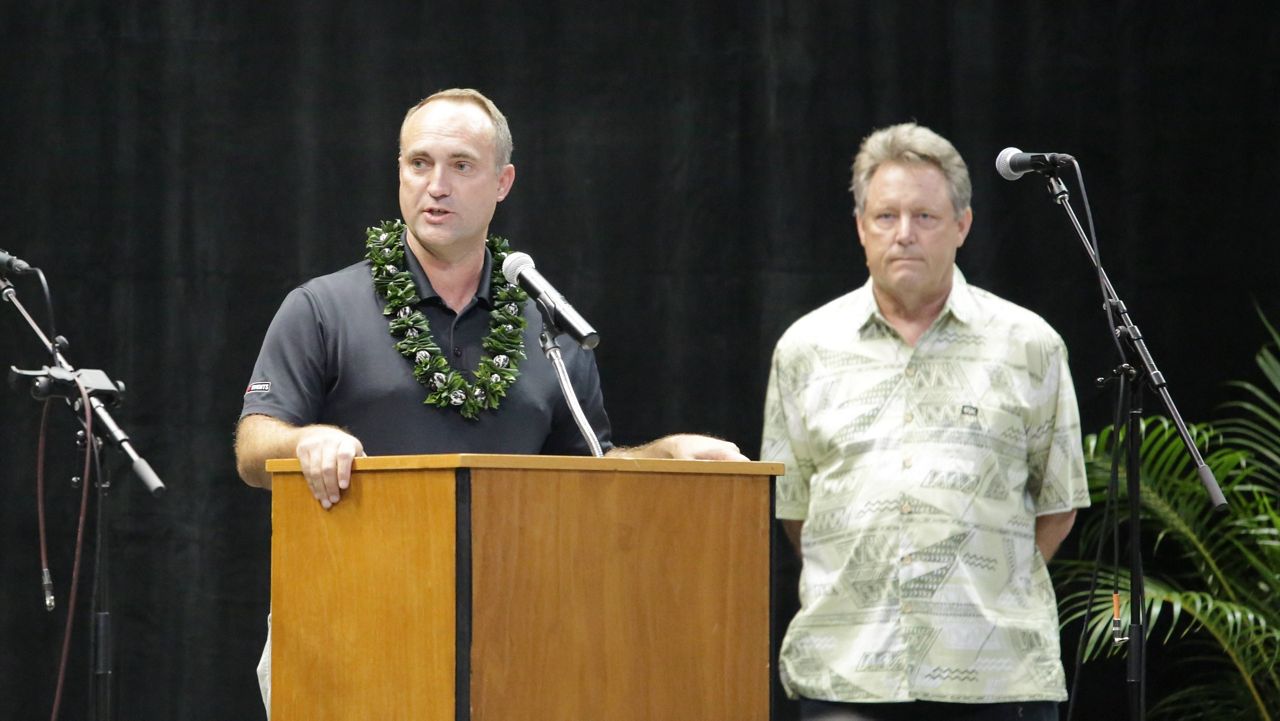
Brian McInnis covers the state’s sports scene for Spectrum News Hawaii.





